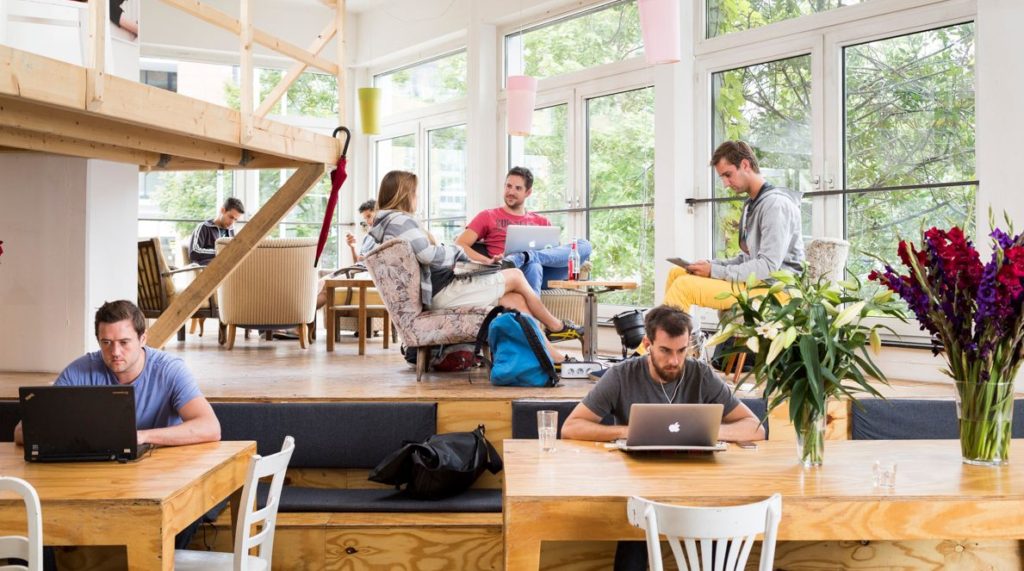The era of working in an isolated office cubicle all day may soon be over. More and more companies are knocking down their cubicles in favor of open or collaborative working spaces. But where we spend our time in the office isn’t the only thing that is changing either. How we work has transformed substantially in the last decade. Team projects, giving and receiving feedback, peer-editing, and other collaborative trends are becoming the norm for most workplaces. The importance of collaboration tools in the workplace is growing, and in 2017, their implementation will be one of the top priorities for companies. Here’s why:
Work is completed faster
According to the Harvard Business Review, 82% of professionals report that they need to partner with others throughout the day to complete their work. However, finding meeting space or planning in advance is difficult. In a typical workday, over 70 percent report wasting at least 15 minutes searching for space.
Online collaboration tools have helped to solve this problem by making working together on tasks easier than ever before. Individuals don’t need to be in the same room or even in the same country to collaborate on and edit projects. With video conferencing, meeting room software, and wireless presentation systems, team members can create, edit, and lead presentations without needing to meet face-to-face, and collaborate more efficiently during meetings where they do need to meet face to face.
Employees are more engaged and happy
Collaboration helps to foster teamwork and brings employees together, which makes a huge impact on their overall happiness. For many, the time spent in the office exceeds the typical 40 hour work week. It could even exceed the hours outside of the office. With so much time at work, employee satisfaction is crucial.
Several studies have shown that having work friends makes individuals more engaged and happy. One study claims that connecting with colleagues could bring more happiness than earning an extra $100,000 a year. Furthermore, when employees are happy and engaged, they are less likely to leave their current positions and more likely to be high performing, valuable members of your team.
Knowledge sharing creates higher quality end products
Two heads are better than one is more than just a saying. When two or more people work together on a project, they are more likely to reach or surpass their goals. According to ClearCompany, 86 percent of employees and executives cite lack of collaboration as the number one cause of business failures.
On the other hand, when teams collaborate and communicate effectively it can boost morale and motivation, as well as produce higher quality end products. Over 26% of individuals in a global study said that discussing success with co-workers motivates them. Collaborative environments, open meeting room setups, and new conference room technology allow individuals to share knowledge and give feedback in real-time. They can improve upon projects as they work on them, instead of at the end, when it is too late to revise.
It is becoming common for people to share ideas and complete projects and other work-related tasks in teams rather than alone. Those that still isolate themselves in cubicles and private offices are missing out on opportunities to exchange knowledge and expertise with colleagues. Whereas organizations that provide employees with collaboration tools and opportunities are gaining the competitive edge that they need to succeed in the future.





